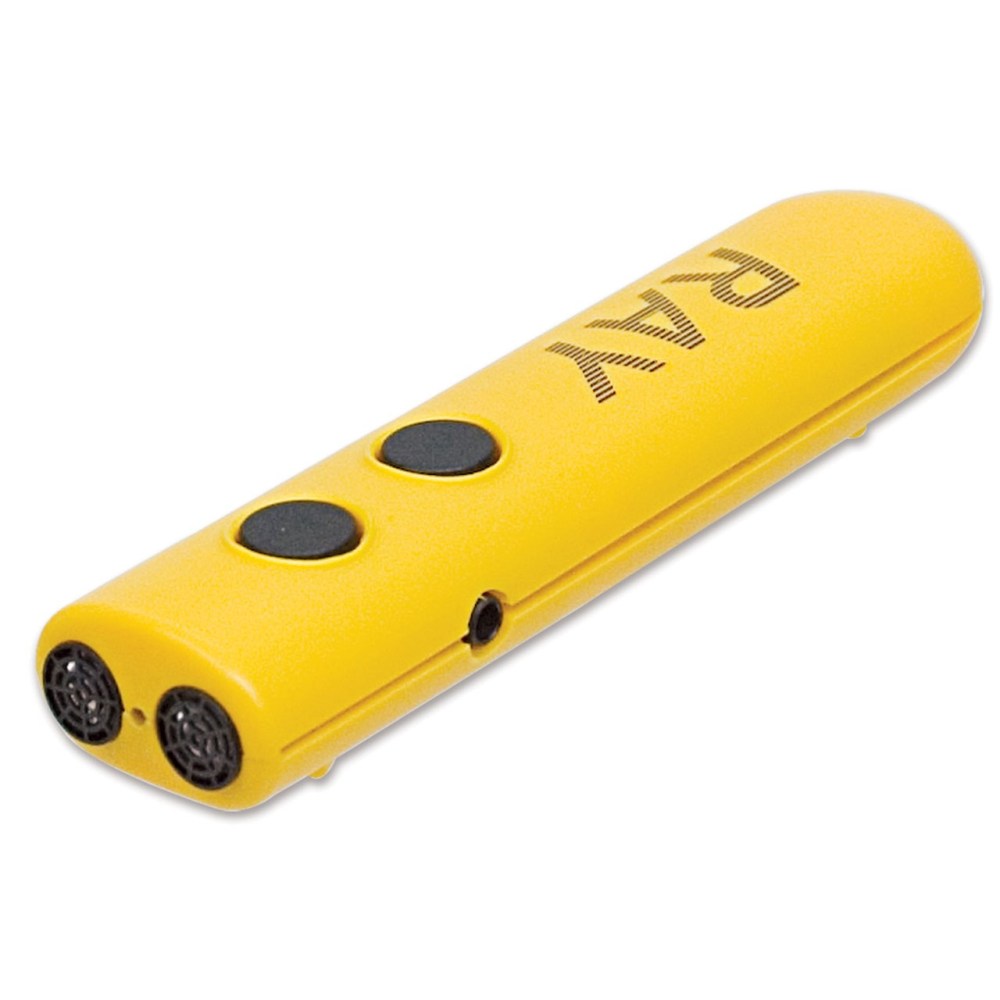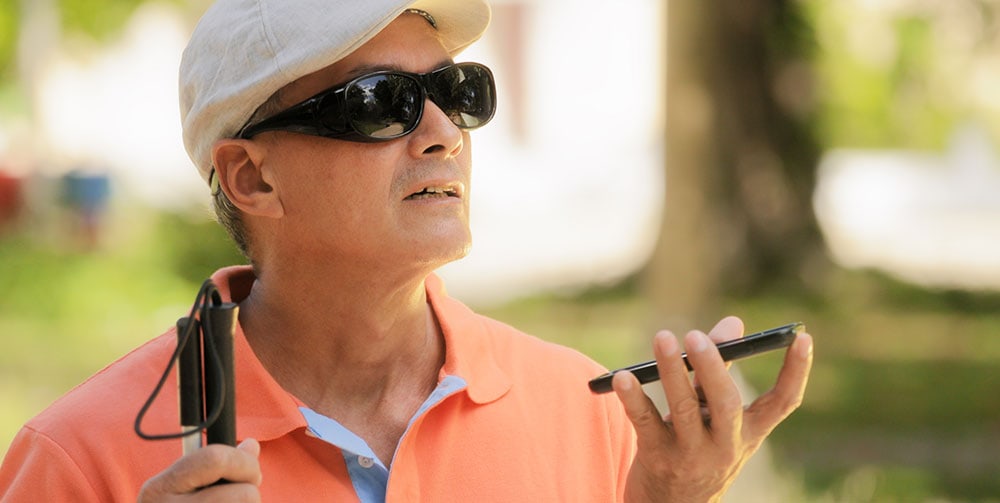Empowering Self-reliance With Assistive Modern Technology for the Blind
The combination of assistive innovation into the lives of people with aesthetic problems stands for a considerable development in advertising freedom and self-sufficiency. From innovative display readers to sophisticated wise walking sticks, these devices not just improve daily navigation and communication yet likewise encourage individuals to engage meaningfully in numerous elements of life. As we discover the myriad advantages and real-world applications of these modern technologies, it ends up being vital to analyze the underlying factors that add to their performance and the potential for future advancements in this important area.
Review of Assistive Innovation
The growth of assistive modern technology is based in principles of inclusivity and empowerment. Technologies in software, hardware, and sensory enhancements provide individuals with alternatives tailored to their specific demands. From display viewers that transform text to speech, to tactile gadgets that communicate information through touch, these devices change the means people engage with their surroundings.
In addition to practical applications, assistive innovation cultivates better social addition and engagement in numerous fields, including education and work (Wearable technology for low vision). As r & d proceed to develop, the possibility for assistive technology to better improve the lives of aesthetically damaged individuals remains encouraging, leading the way for a much more fair culture where everyone can grow
Sorts Of Assistive Gadgets
A variety of assistive gadgets have arised to sustain individuals with aesthetic disabilities, each created to meet particular requirements and improve day-to-day performance. These tools range from low-tech solutions to state-of-the-art innovations, providing varied choices for individuals.
Low-tech devices consist of magnifiers and large-print products that assist in analysis and writing. Braille tools, such as Braille slates and stylus pens, enable responsive reading and interaction. Positioning and wheelchair help, like white walking canes, help customers browse their environment securely.
On the higher end of the range, digital magnification systems and screen visitors offer significant assistance. Digital magnifiers enable users to increase the size of text and images on screens, while display readers convert digital material right into synthesized speech, assisting in access to details on computer systems and mobile phones.
Smart device applications additionally play a crucial function, offering functions like text acknowledgment and navigating assistance. Wearable modern technology, such as smart glasses equipped with augmented reality, is becoming an appealing device to boost situational recognition.
Advantages of Assistive Modern Technology
The assimilation of assistive technology significantly enhances the high quality of life for people with aesthetic impairments. These technologies equip individuals by promoting independence, allowing them to browse their environments better and do day-to-day jobs with better ease. For example, screen viewers and zoom software application permit people to article source access digital information, fostering professional and instructional possibilities that may have previously run out reach.
In addition, assistive tools such as clever canes and general practitioners applications supply real-time navigating assistance, boosting wheelchair and security. This boosted freedom not only boosts self-confidence but also encourages social interaction, allowing customers to take part more fully in their areas.
Assistive innovation also promotes communication, aiding users link with others through voice acknowledgment and text-to-speech applications. This capacity is essential for preserving relationships and accessing critical info.
Additionally, the modification options offered with many assistive modern technologies make sure that users can customize tools to their particular demands, better boosting usability and effectiveness. Generally, the benefits of assistive modern technology for people with aesthetic problems are extensive, promoting a more comprehensive culture where everyone can pursue their objectives and ambitions.
Study and Success Stories
Highlighting the transformative effect of assistive modern technology, many study show just how people with visual impairments have actually effectively integrated these tools right into their everyday lives. One compelling instance entails an university student who made use of display reading software to browse scholastic materials and online resources successfully. This innovation not only promoted her education and learning but likewise enhanced her confidence in taking part in conversations and team jobs.
Another study features a professional that employs a mobile phone application created for navigation and item recognition. By utilizing this app, he has regained autonomy in both his personal and work settings, enabling him to commute individually and engage with coworkers more successfully.
In addition, a retired person shared her experience with braille e-readers, which enabled her to access a vast variety of literature and remain linked with her area with publication clubs.
These success stories underscore the crucial function of assistive modern technology in fostering independence, boosting high quality of life, and promoting social integration for individuals with visual problems (Smart glasses find here for the visually impaired). By welcoming these cutting-edge tools, customers can get rid of challenges and confiscate opportunities that add to their individual and professional fulfillment

Future Trends in Assistive Modern Technology
Innovation in assistive modern technology is positioned to redefine the landscape of assistance for people with visual problems. Arising patterns stress the integration of expert system (AI) and artificial intelligence, which enhance the capability of gadgets that help with navigation and details ease of access. As an example, AI-driven applications are currently with the ability of interpreting visual information in real-time, making it look at here now possible for users to engage with their environment a lot more individually.
Furthermore, the advancement of wearable innovation is progressing quickly. Smart glasses equipped with augmented reality (AR) can give audio summaries of surroundings, changing how customers engage with public spaces. These tools not just promote autonomy however also foster social addition.
Additionally, the Net of Things (IoT) is making homes smarter, permitting smooth connectivity in between daily appliances and assistive devices. This connection empowers customers by making it possible for automatic responses and voice-activated controls tailored to specific needs.
Verdict
Finally, assistive technology plays a pivotal function in empowering individuals with visual problems by improving their freedom and interaction with their surroundings. The varied series of applications and gadgets offered not only assists in navigation and interaction however additionally advertises social assimilation and opportunities for professional and individual development. As improvements proceed in this field, the capacity for improving the lifestyle for those with aesthetic impairments will expand, fostering greater freedom and empowerment.

Comments on “Wearable Technology for Low Vision: A Game-Changer in Accessibility”